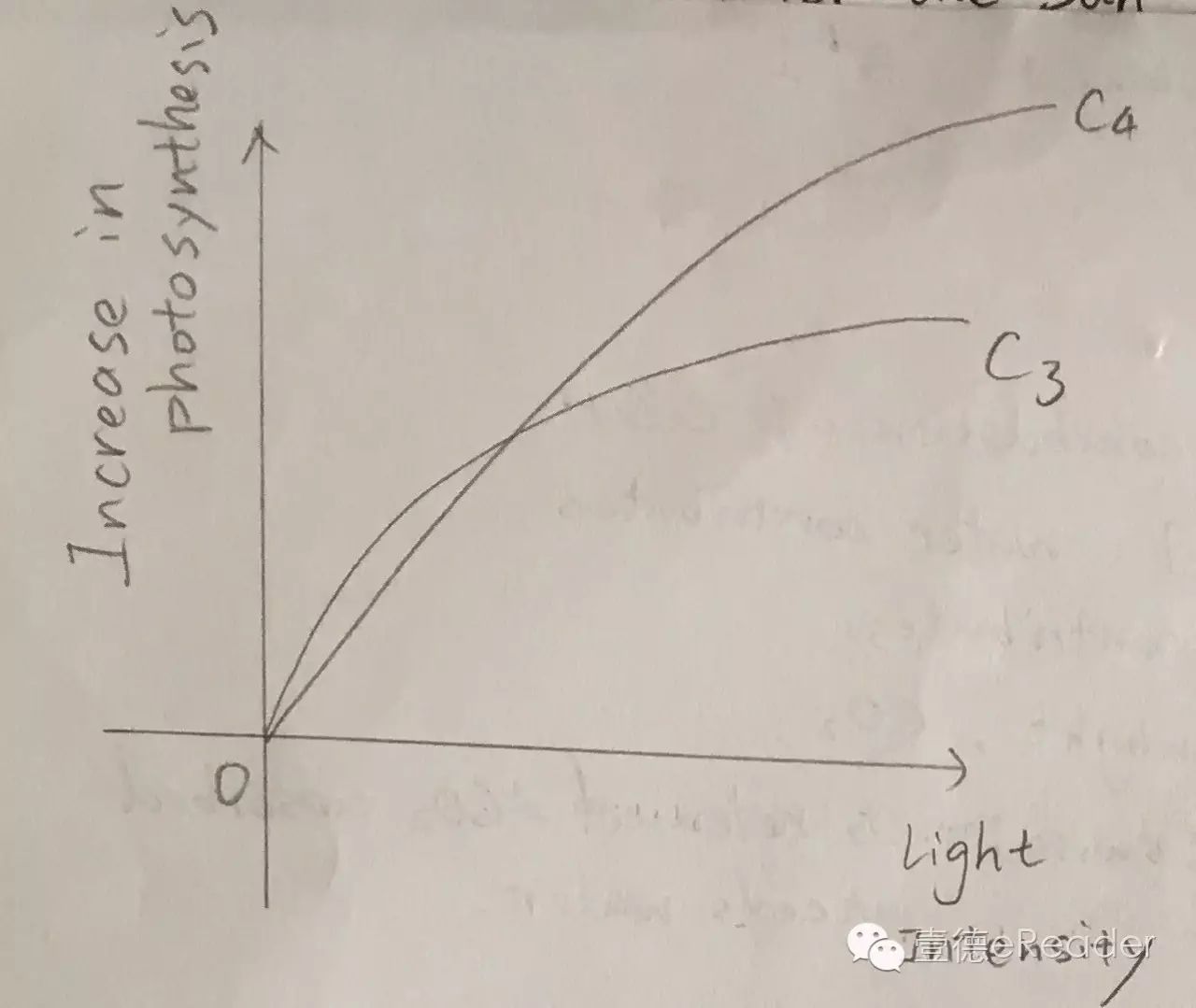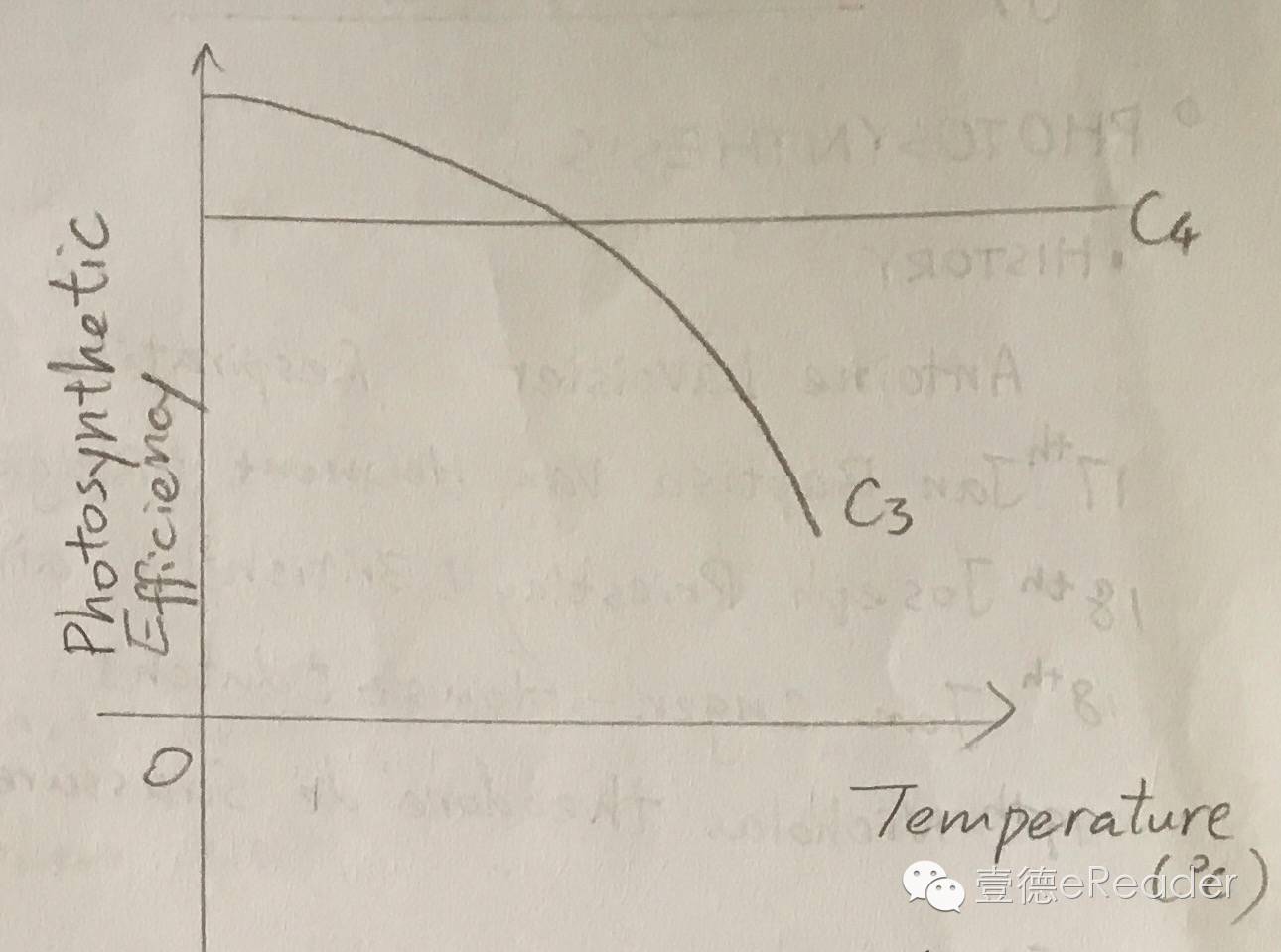The first topic in the book is about photosynthesis.
(1) History (Scientists, their nationality and their discoveries)
-Antonine Lavoisier [French]: Respiration = the combustion of carbon and hydrogen
-17th century:
-Baptisa Van Helmont [Belgian]: Water contributes to plant growth
-18th century:
-Joseph Preistley [British]: Air contributes to plant growth
-Jan Ingen-Housz [Dutch]: Sunlight and carbon dioxide are involved
-19th century:
-Nicholas Theodore de Saussure [Swiss]: oxygen released = carbon dioxide absorbed; also, water is needed.
(2) The Reaction
In plant, photosynthesis goes like this:

-
Photosynthesis does not happen in plants only. I
n purple sulfur bacteria:

-
And sometimes it does not even need carbon dioxide
, such as in "Hill reaction":

(3) Mechanism in general
-Sunlight dislodges electrons
-Electrons are then organized into tiny currents
-They power a complicated sequence of reactions
(4) Adaptations for photosynthesis in plants
-exterior: -flat, thin leaves (maximized surface area)
-layering leaves in the canopy (maximizes exposure to light)
-interior: -pallisade cells: packed
-The sieve effect: an uneven but efficient distribution of chlorophyll
-The light guide effect: spongy tissue provides surface for light to be bounced & scattered.
(5) Capturing carbon dioxide:
-All plants: carbon dioxide diffuses in through stomata
-97% of plants: C
3
photosynthesis, in which a three-carbon compound is formed first (compound name: phosphoglyceric acid)
-3% of plants: C
4
photosynthesis, in which the carbon is first stored in compounds with four carbons.
A comparison:
-By light intensity

-By temperature

*Question: Why are the two graphs like this?




